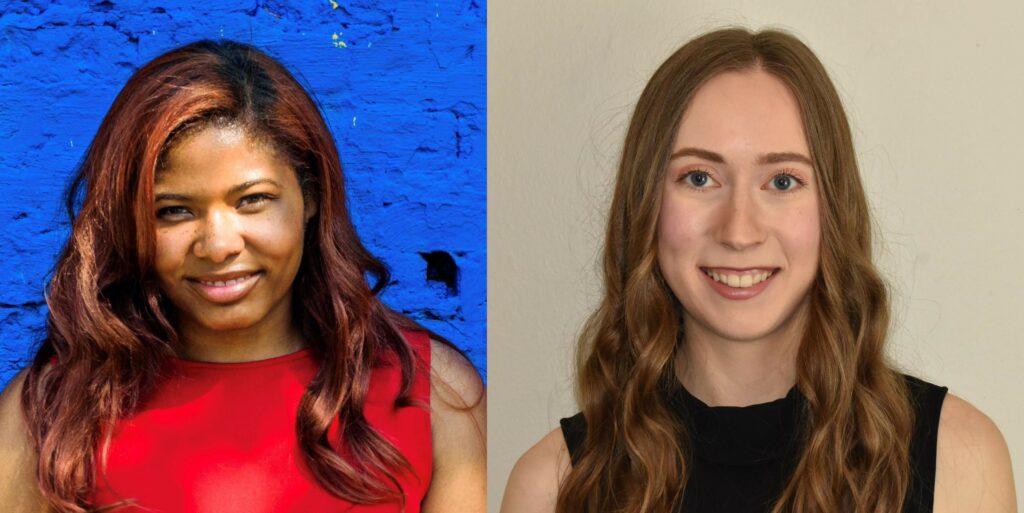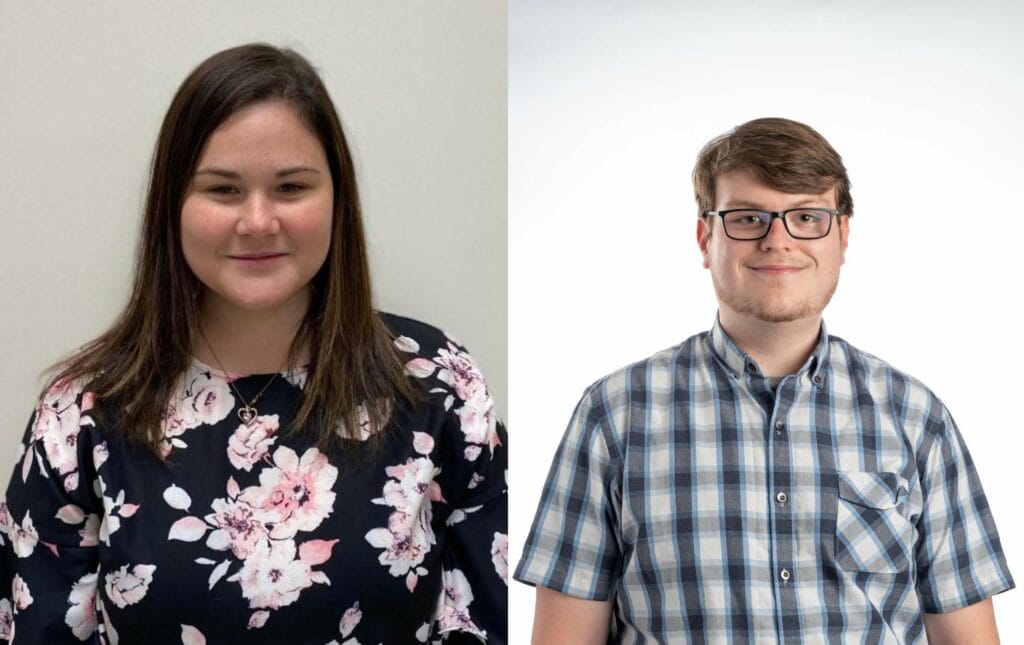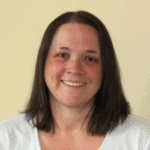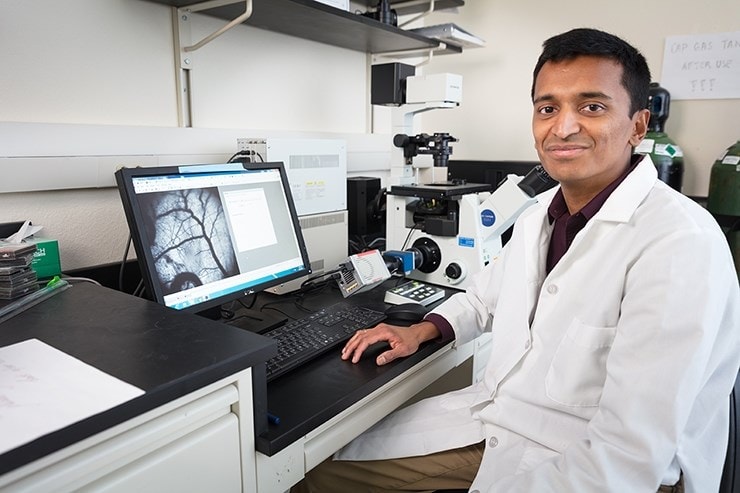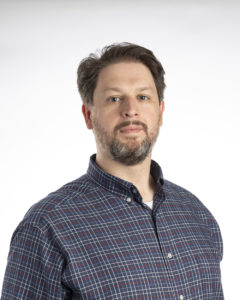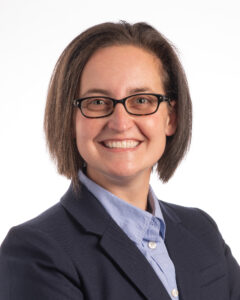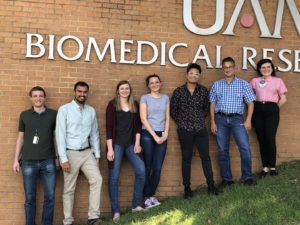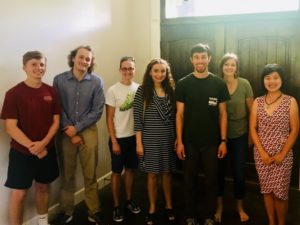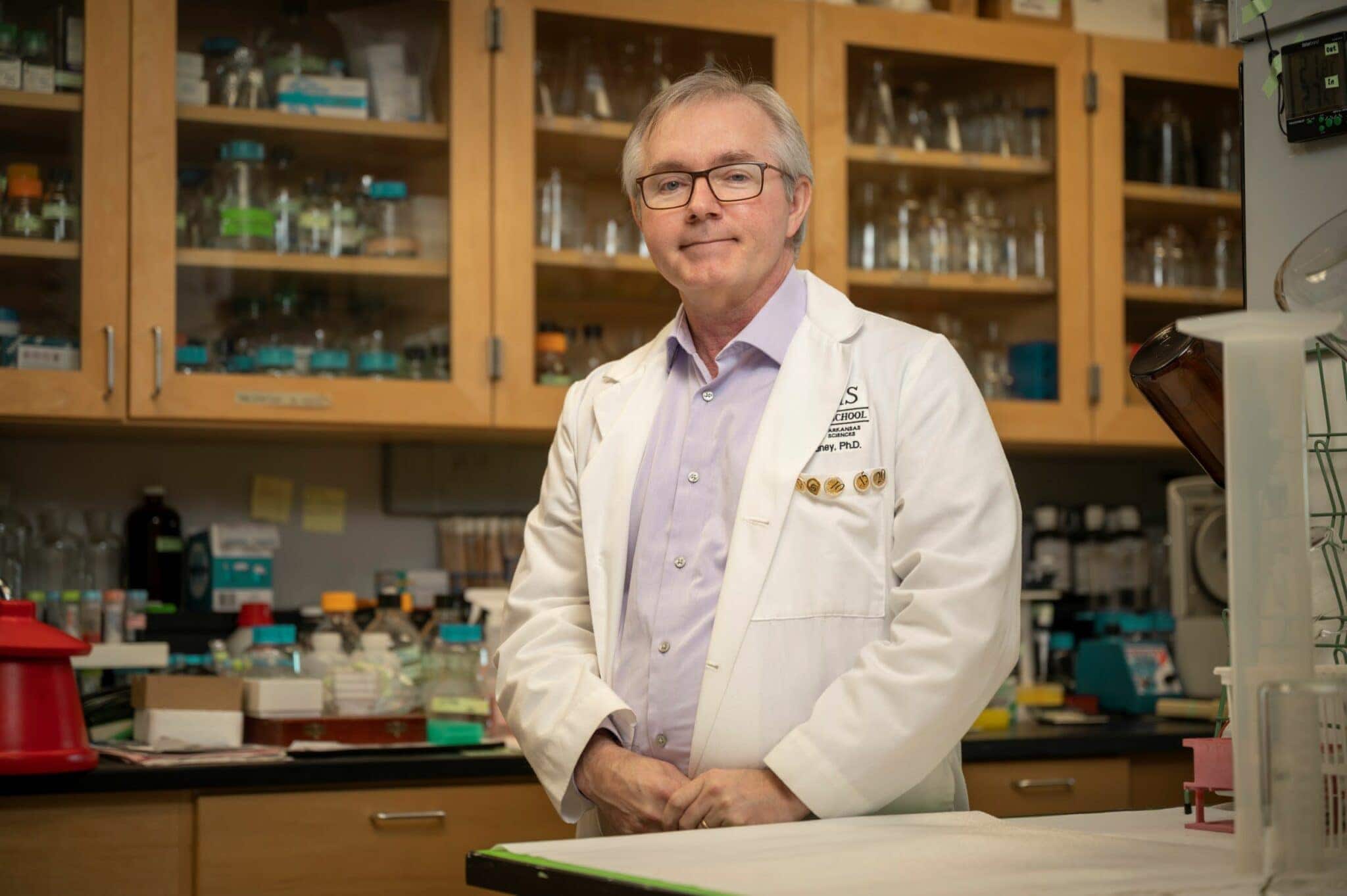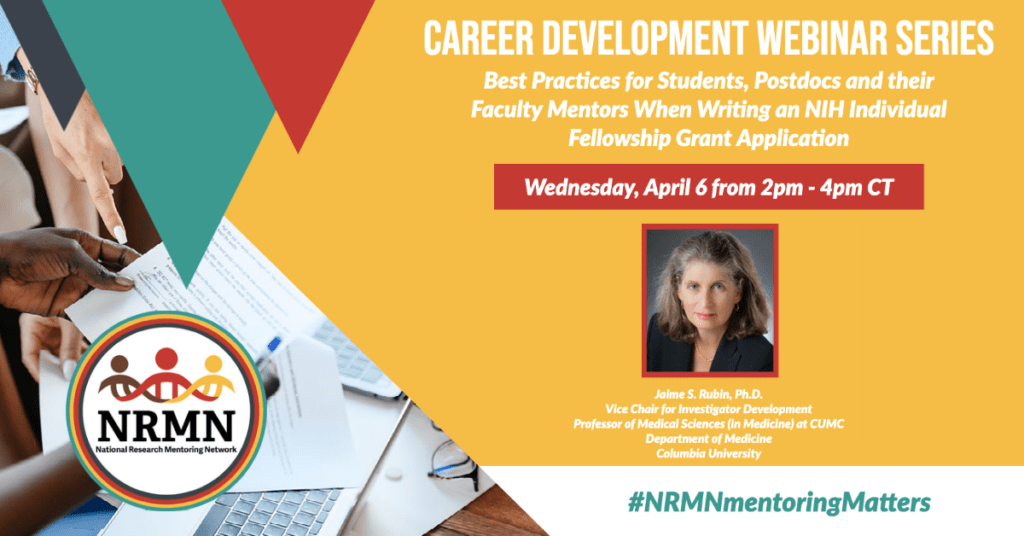
NRMN Career Development Webinar Series
Best Practices for Students, Postdocs, and their Faculty Members When Writing an NIH Individual Fellowship Grant Application
Wednesday, April 6 from 2:00 p.m. to 4:00 p.m. Central Time.
In this webinar from the National Research Mentoring Network, Dr. Jamie Robinson from Columbia University will share best practices and tips for writing a NIH Individual Fellowship Grant Application followed by a Q and A session.

